Admiral Yuryev's squadron held hostage by the Novorossiysk bora
The Nord-Ost in Novorossiysk is truly legendary. It left its mark even in classical literature. Gleb Ivanovich Uspensky described Boru by comparing the Tsemess Bay in the days of the northeast with a boiling pot. Alexander Ivanovich Kuprin devoted several paragraphs to this phenomenon in the work of Listrigona. And Konstantin Georgievich Paustovsky wrote about the bore in the story "The Black Sea", noting that during the attack on the powerful wind, the sea "is ready to explode."
In Novorossiysk, the forest is preceded by a “beard”, i.e. an accumulation of thick clouds on mountain ranges, which begins to creep along the spurs of the mountains closer to the coast. The northeast pervades to the very bones, tears off the roofs of houses and fells trees like reeds. In the days of the elements, which come annually, the coast is fettered by ice hummocks the height of a person and go into the land for a hundred meters. Due to the monstrous wind speed and the change in air masses, the rain that began in a matter of hours will cover the earth with a three-centimeter infusion.
Naturally, boron repeatedly became the cause not only of emergency on land, but also of marine disasters. So, in the distant 1993 year, the boron threw ashore the vessel “Professor Shchegolev” ashore in the area of the Sudzhuk Spit. The author remembers this 122-meter colossus, whitening the hull above a pebble beach. And the number of various tugboats and boats, which were set up by the elements on land or iced and drowned right at the pier, is no longer countable.
Squadron of Admiral Yuryev
In January of the 1848 year, in the Tsemess Bay, the squadron of the Vice Admiral, and at that time Rear Admiral, Pavel Nikolaevich Yuryev, was anchored. The squadron included:
- frigate Medea (length 53 m, width 13,9 m, draft 6,3 m, weapons of 60 guns, crew of 420 people, launched in the 1843 year);
- Pilad corvette (length about 40 m, width 10,9 m, draft 5 m, armament - 20 24-pound carronades, one 8-pound and one 3-pound copper guns, launched in the 1840-year);
- the “Palamed” brig (length 30,9 m, width 9,8 m, draft 4,2 m, armament - 2 8-pound guns and 16 24-pound carronades, launched in the 1839-m year);
- the bold Schooner (length 30,2 m, width 7,8 m, draft 4 m, armament - two 3-pound guns and 14 24-pound carronades, crew - 68 people, launched in the 1839-m year);
- schooner "Swallow" (length 30,2 m, width 7,8 m, draft 4 m, armament - two 3-pound guns and 14 18-pound carronades, launched in the 1838-year, during the 1848-year bora was in open sea near Tsemess bay);
- Tender “Jet” (length 21,4 m, width 7,3 meters, draft 3,9 meters, armament two 3-pound guns and 10 12-pound carronades, crew - 52 people, launched in the 1835 year);
- the Fighter steamboat (the Moguchy type steamboat, about 47 m long, 7,3 m wide, and 3,6 m draft, armament - one 68-pound bomb gun, two 68-pound and 4 12-pound carronades, launched into the water 1839-m year);
- Gostogay transport (length 30 m, width 7,1 m, armament - 4 3-pound guns and 3 3-pound falconet, launched in the 1843 year).
All year the squadron carried out tasks to block the Caucasus coast from the penetration of smugglers weapons, slavers, foreign scouts and provocateurs. At the same time, the ships provided artillery support for the fortifications of the empire throughout the entire Russian Black Sea coast at the time of the attack by hostile highlanders.
Rear Admiral Yuryev was not a newcomer to the Black Sea at all. For almost ten years, he plowed these waves, participated in battles, landed troops and led expeditions to the shores of the little-known and mysterious. The orders of St. George of the 4 degree, St. Stanislav of the 2 and 1 degrees, and St. Vladimir of the 3 degrees were already flaunting on his chest.
Young Novorossiysk in the arms of the elements
In the 1848 year, Novorossiysk was very young, but it was built quite briskly. By 1848, the young port had already received 247 ships. In the memoirs of the lieutenant of the Black Sea Fleet, Suschev Novorossiysk was already visible from the raid. The city was amazed by the vastness and many buildings (admiralty, the administration of the commercial port, workshops, warehouses, residential buildings and the fortification itself), and on the shore one could meet Russian merchants, Armenians and Greeks, who were engaged in brisk trade, and, of course, highlanders flocking to the city on market day.
January on the Black Sea is a time of storms, frosts and, of course, the Nord-Ost. In the middle of the 19 century, the bor was said quite harshly and even eerie:
On 12 on January 1848, the Markotkh Range was surrounded by clouds - the famous Novorossiysk beard foreshadowing disaster. The mountains at this moment visually grow and hang frighteningly over the bay. Here is how that terrible day of the Pilad corvette (captain Nikolai Fedorovich Yurkovsky, future hero of the defense of Sevastopol), Lieutenant Aminov recalls:
The squadron found itself, in fact, in a trap in the bay, not equipped with protective malls. Ships of that time could not go into the open sea due to prevailing weather conditions. However, the insidious bora lies in the fact that the wind in the bay is gaining even greater destructive power than in the sea. Therefore, modern ships during the northeast, if there was no place under the protection of malls, go on a long raid, trusting the engine, mechanics and minders.
In addition, in the distant 1848 year, the Fighter steamboat, under the command of the captain of the 2 rank Rykachev, simply could not go out into the open sea with all the desire. The Fighter, being a screw towing steamer with engines in the form of two single-cylinder steam engines, was in the bay with the aim of replenishing depleted coal reserves.
At the same time, the barometer began to go crazy. Gusts of wind in anticipation of the main blow bora attacked ships from all sides of the Wind Rose. And all this was just the beginning. In addition, the position of the squadron was aggravated by the effect of boiling the sea. During the invasion of the north-east, the air masses of which are extremely cold, the air temperature drops unusually sharply several times in comparison with the previous values. At the same time, the water in the bay remains "positive". Thus, a boiling effect occurs. At this point, visibility is critically reduced. Therefore, the ships of the squadron of Rear Admiral Yuryev for a while actually became blind and lost visual communication with each other.
Slow glaciation of rigging and ship hulls began. Ahead was several days of a local apocalypse.
To be continued ...
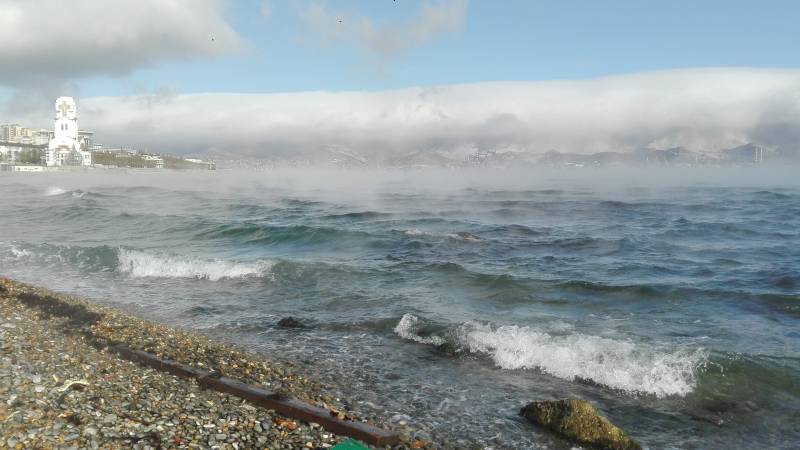
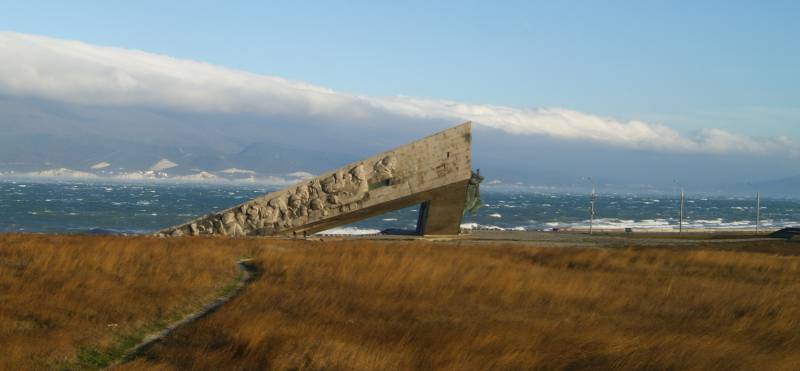
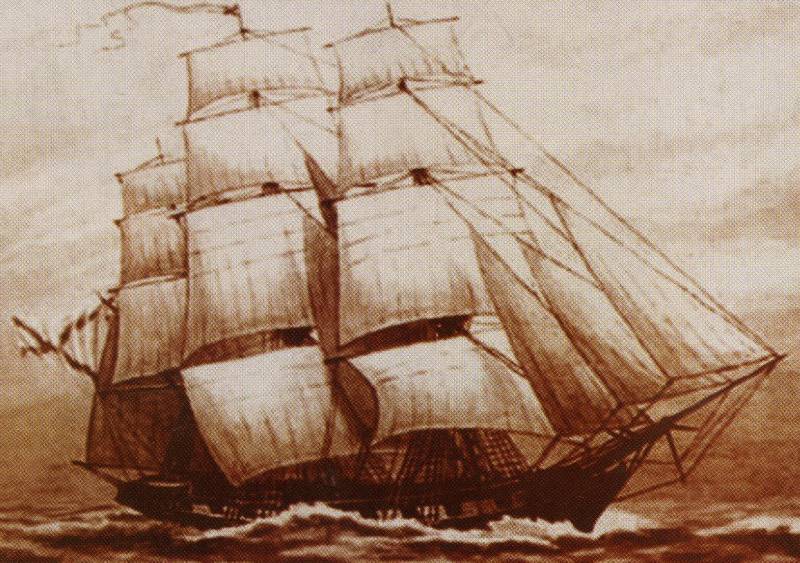
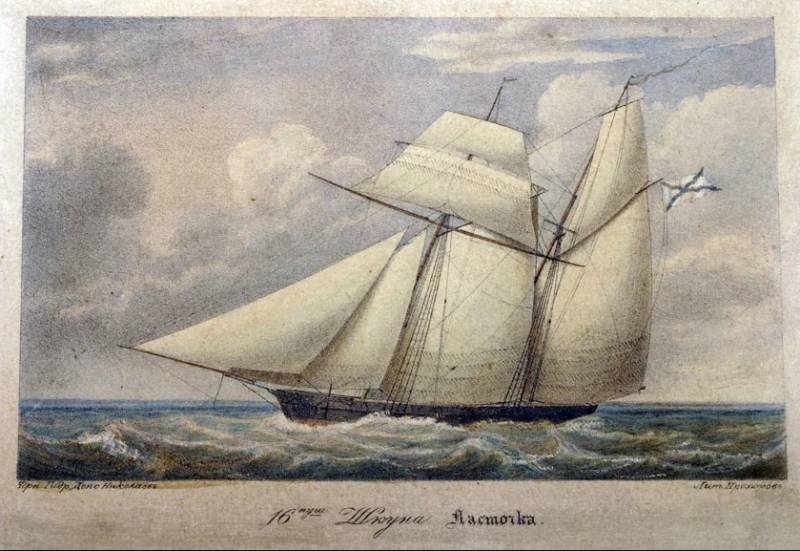
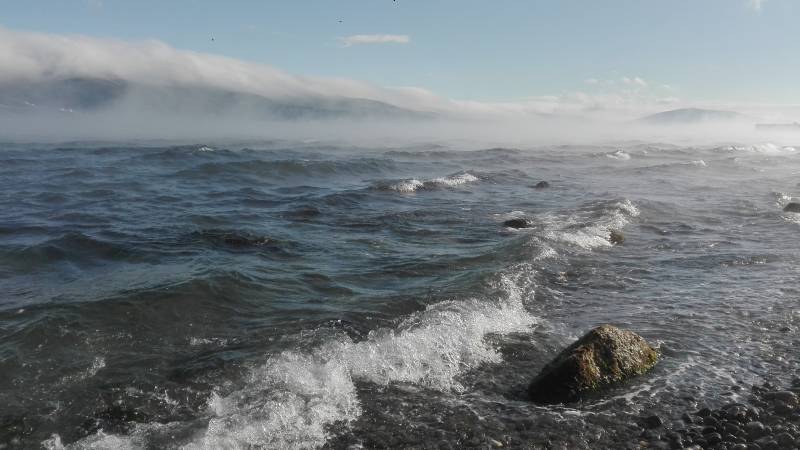
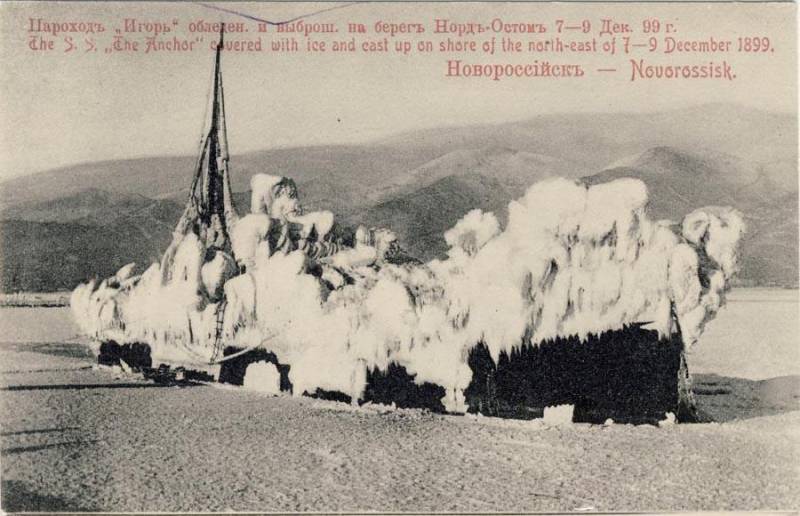
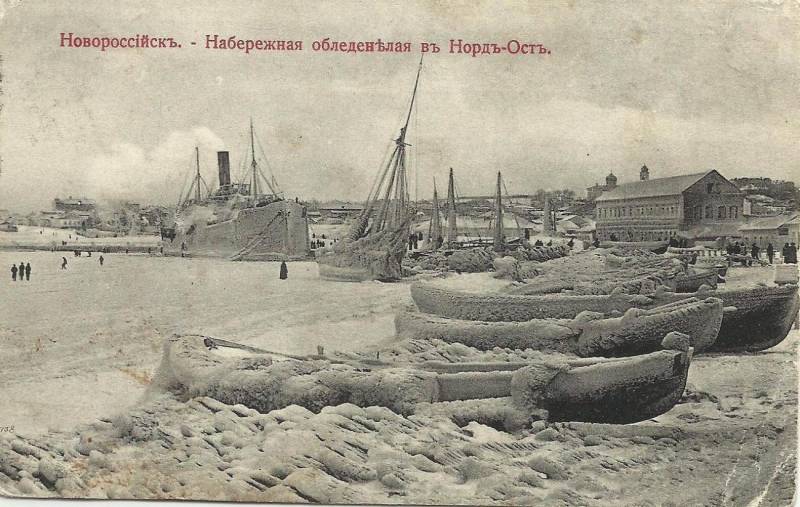
Information